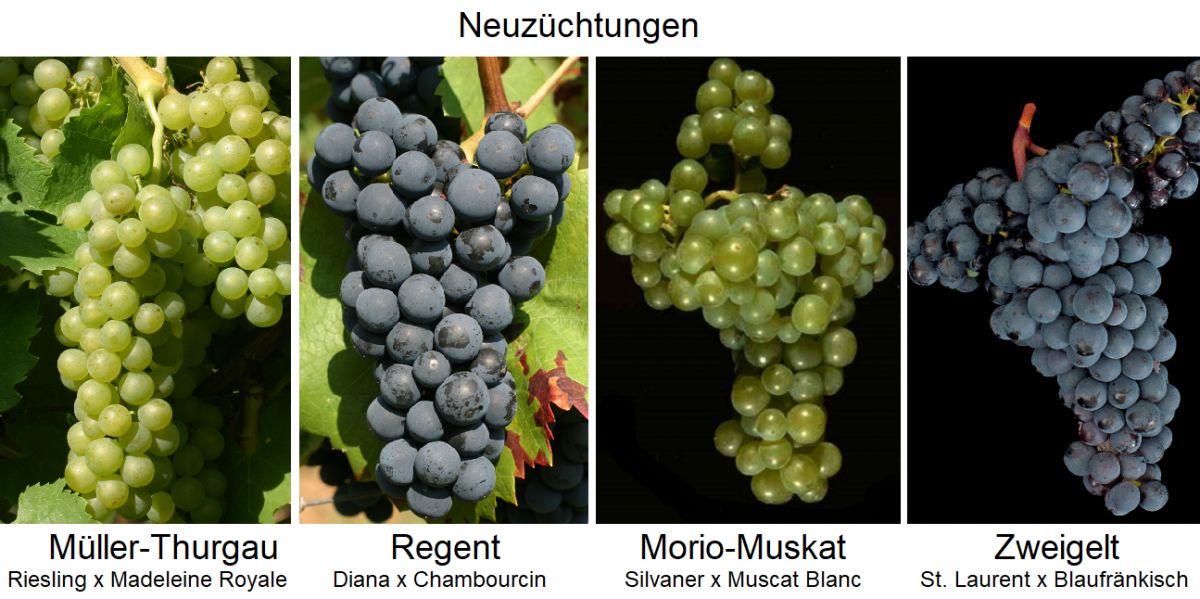When crossing or breeding grape varieties, the parents are usually indicated in the form of "New variety = mother variety x father variety" (see a listing under New breeding). For example, "Müller-Thurgau = Riesling (mother) x Madeleine Royale (father)". This is also called the crossing direction. This is significant because much more cell material is passed on from the mother variety to the embryos in the seed, namely cell nucleus, plastids and mitochondria. From the father variety, on the other hand, only the cell nucleus is passed on (see also under flower).

The mitochondria are cell areas with energy-producing functions and their own DNA (genetic material). The chloroplasts belong to the plastid group. In contrast to the other plant parts, they have their own ribosomes (for the production of proteins) and, like mitochondria, also have their own DNA. This means that they can divide independently of the cell in which they live. Other plastids include amyloplasts (for storing starch), chromoplasts (for attracting insects to pass on pollen for pollination) and leucoplasts (for chemical defence against predators).
Voices of our members

I have great respect for the scope and quality of the wein.plus encyclopaedia. It is a unique place to go for crisp, sound information on terms from the world of wine.
Dr. Edgar Müller
Dozent, Önologe und Weinbauberater, Bad Kreuznach